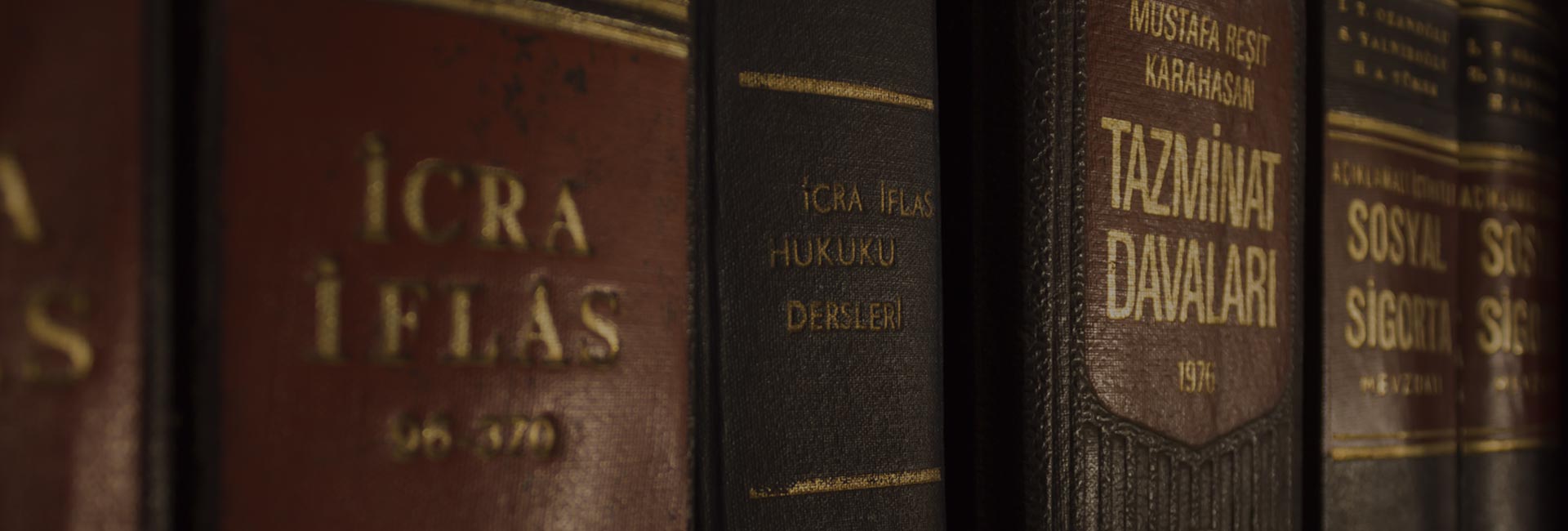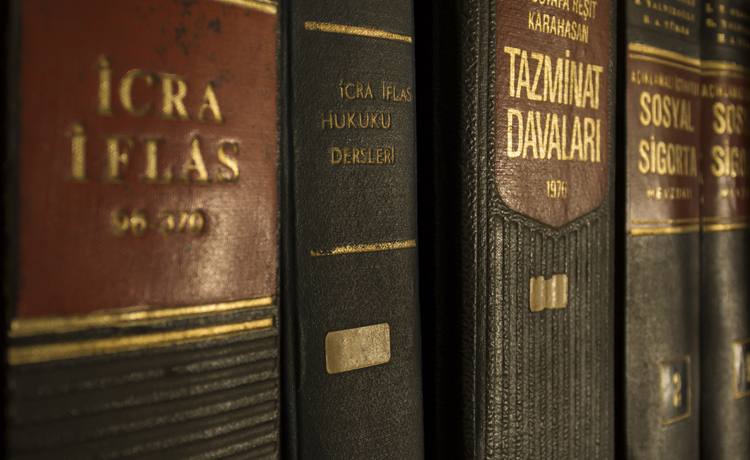Current Location : Home > Publications
Publications
Publications
China's "New" Undertakings on IP in Phase-One Trade Agreement
DATE:2020-02-06 FROM:LexFieldBy David HUANG / Bo YU
• New measures include both specific changes to the IP laws and general policy changes.
• In anticipation of the Agreement, China has already revised some of its IP laws and regulations in 2019 reflecting issues addressed in the Agreement.
• Removal of actual loss as requirement for criminal enforcement of trade secret misappropriation, extension of patent terms to account for unreasonable delay in examination or pharmaceutical registration, and establishment of a patent linkage regime for pharmaceutical patents are among the major undertakings.
• The Agreement will enter into effect within 30 days of signature, and China will come up with an Action Plan within 30 working days thereafter on implementation of its undertakings.
China and the United States signed the Phase-One of the Economic and Trade Agreement on January 15, 2020. Chapter 1 of the Agreement is directed to intellectual property, which includes various undertakings made by China on trade secrets, patents, bad faith trademarks, geographic indications, copyright and IP-related regulatory issues. Summarized below are some of the major measures undertaken by China:
• Actual loss due to trade secret misappropriation (in practice, primarily referring to monetary loss of RMB 500K) shall be abandoned as a requirement to initiate a criminal action.
Before formal revisions to relevant laws are adopted, expenses incurred to mitigate damage to business operations or planning or to re-secure computer or other systems shall be recognized as the"great loss" required by the current laws.
This will be a significant change to trade secret protection in China, as it will remove a major hurdle to start a criminal action against trade secret misappropriation.
• Supplemental data shall be permitted for pharmaceutical patent applicants to satisfy relevant requirements for patentability, including sufficiency of disclosure and inventive step during patent examination and invalidation proceedings.
This measure could be quickly implemented by the CNIPA in its practice without changing the Patent Law. In 2017, the CNIPA amended its examination guidelines with an ostensible aim to give more leeway for applicants to submit such supplemental data, but, in practice, it has been difficult to have such data accepted by examiners. Examiners tend to hold that the "effect" to be proven by the data cannot be "derived" from existing teachings in the original specification. It remains to be seen whether the CNIPA will loosen this “derive from original specification” requirement under this new measure.
• Patent linkage should be established if China allows use of safety and efficacy data submitted by the innovator in the approval of a new drug. The regime shall include:
(1) a notice to the patent holder;
(2) adequate time and opportunity for the patent holder to seek expeditious remedies including a preliminary injunction before the marketing of the new drug;
(3) judicial or administrative proceedings for the parties to resolve disputes on patent infringement and validity.
China currently has a very rudimentary linkage system which yields little practical result. There have been discussions for several years on how to make the system more effective. This new measure gives more details on the direction in which to improve the system, and China may soon give a timetable for the implementation.
• Compensation of patent term should be given if delay, not attributable to the applicant, causes the issuance of the patent more than four years from the date of filing of the application or three years after a request for substantive examination, whichever is later.
Besides the eventual term compensation patent owners may get, to implement this new measure the CNIPA will likely set time parameters for examiners to start and conduct examination, e.g. issuance of first office action, issuance of subsequent office action after the applicant files a response, etc. Currently, there are no such time limits, and the examination of an application can be delayed due to change of the examiner or a long leave taken by the examiner.
• Adjustment of patent term should be given for a patent on a new drug or a method to prepare a new drug to account for the delay caused by the drug approval process. China can limit the adjustment to be no more than 5 years and the total effective term of the patent after the marking approval of the new drug to be no more than 14 years.
• Legalization of evidence shall not be required in civil actions if the evidence can be authenticated by admission of the parties or penalty of perjury against witness testimony.
China requires notarization and legalization of evidence originating outside of mainland China. The process can be time consuming, and removal of this requirement would be very welcomed by foreign entities. The practical effect of this measure will depend on how forceful Chinese courts treat the "admission of the parties."
• E-commerce platform can have its license revoked if the platform repeatedly fails to curb the sale of counterfeit or pirated goods. This measure requires further clarification as there is no clear definition on"repeated failures."
In addition, under the current PRC E-Commerce Law, if a takedown request is filed but a counter-notice from the vendor is received, rights holders will have 15 days to file complaints against the vendor's infringement with a judicial and/or administrative authority. This deadline has now been extended to 20 working days as a response to one of the key concerns over the PRC E-Commerce Law by rights holders.
• Bad-faith trademarks is an issue briefly mentioned without any specific undertakings by China. However, the current PRC Trademark Law which entered into effect on November 1, 2019 was revised with a primary focus on addressing this issue by stipulating a use requirement that can be relied on to reject / invalidate bad faith applications / registrations. In addition, potential fines can be imposed on bad faith applicants and their trademark agents who knowingly assisted the bad faith applicants.
• Specific timelines are included in the Agreement to ensure implementation of the Agreement within a fixed period of time, as listed below:
• 1 month: implement work guidelines and plans for expeditious enforcement of judgments and publish reports of results quarterly;
• 3 months: substantially increase enforcement actions against counterfeits with health and safety risks; substantially increase border enforcement actions and publish data online quarterly;
• 4 months: publish data online quarterly regarding impact of enforcement actions; substantially increase enforcement actions at physical markets and publish data online quarterly;
• 6 months: publish data online annually regarding enforcement actions against counterfeit medicines;
• 7 months: annual audits by domestic third party for software used by government and related entities and online publication of audit results;
• 9 months: significantly increase training of customs enforcement personnel.
- PREVIOUS: Xiaomi Sues Sisvel in Bei...
- NEXT: Tips from the First Life ...
- RETURN




